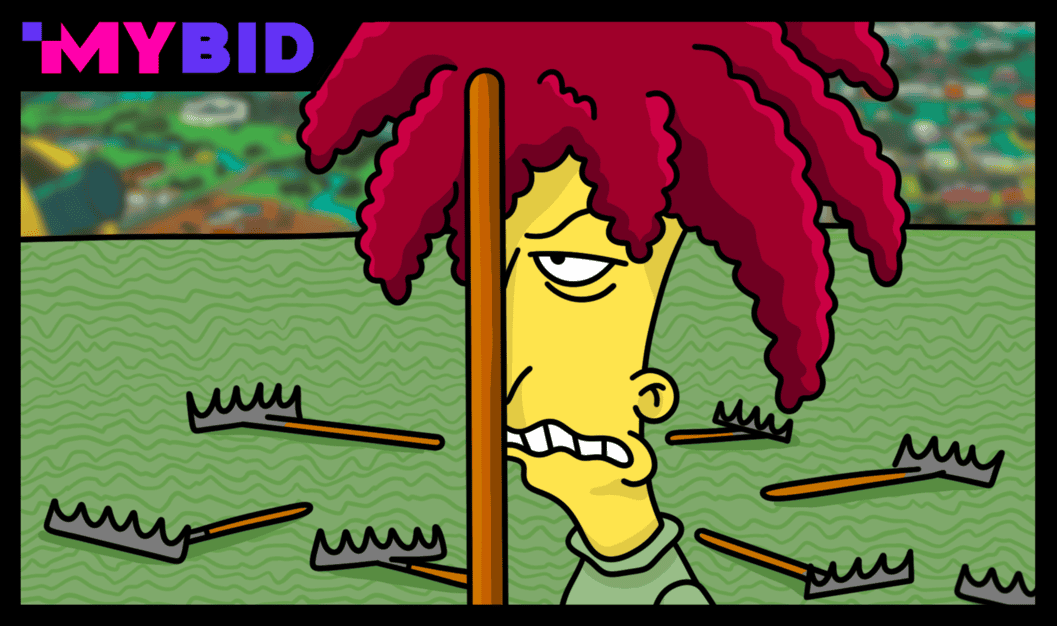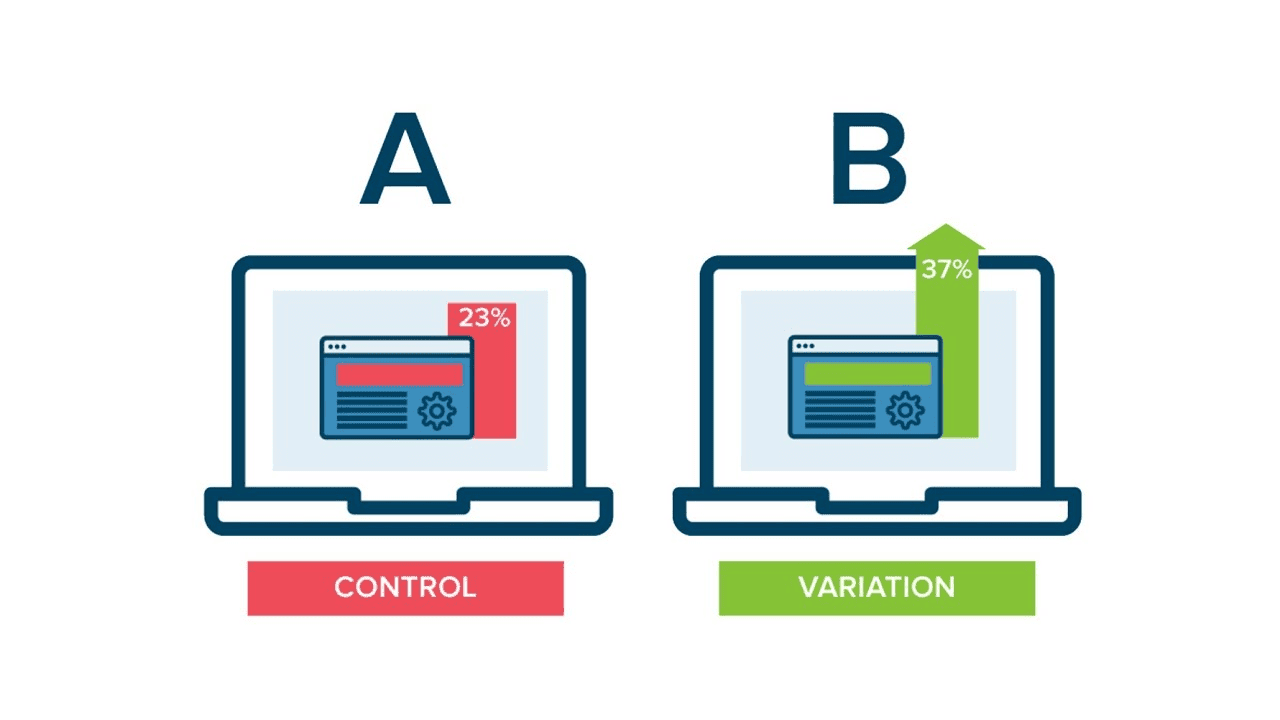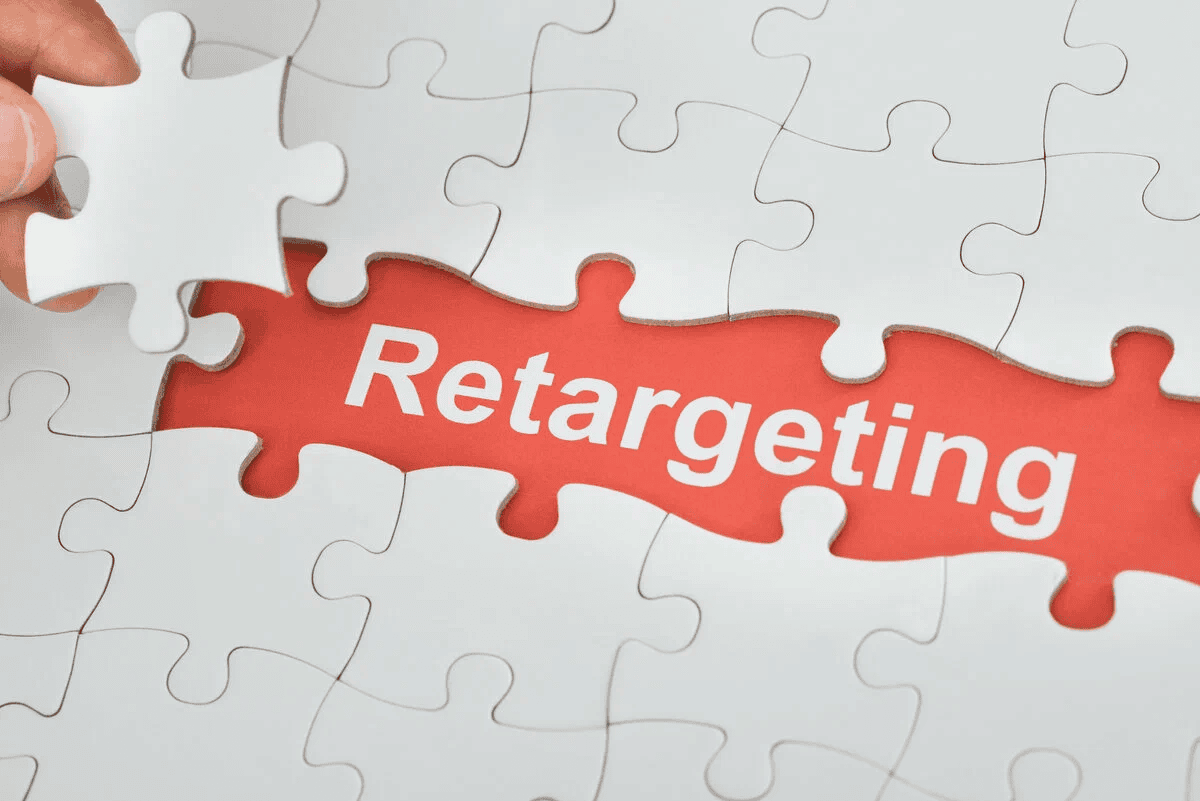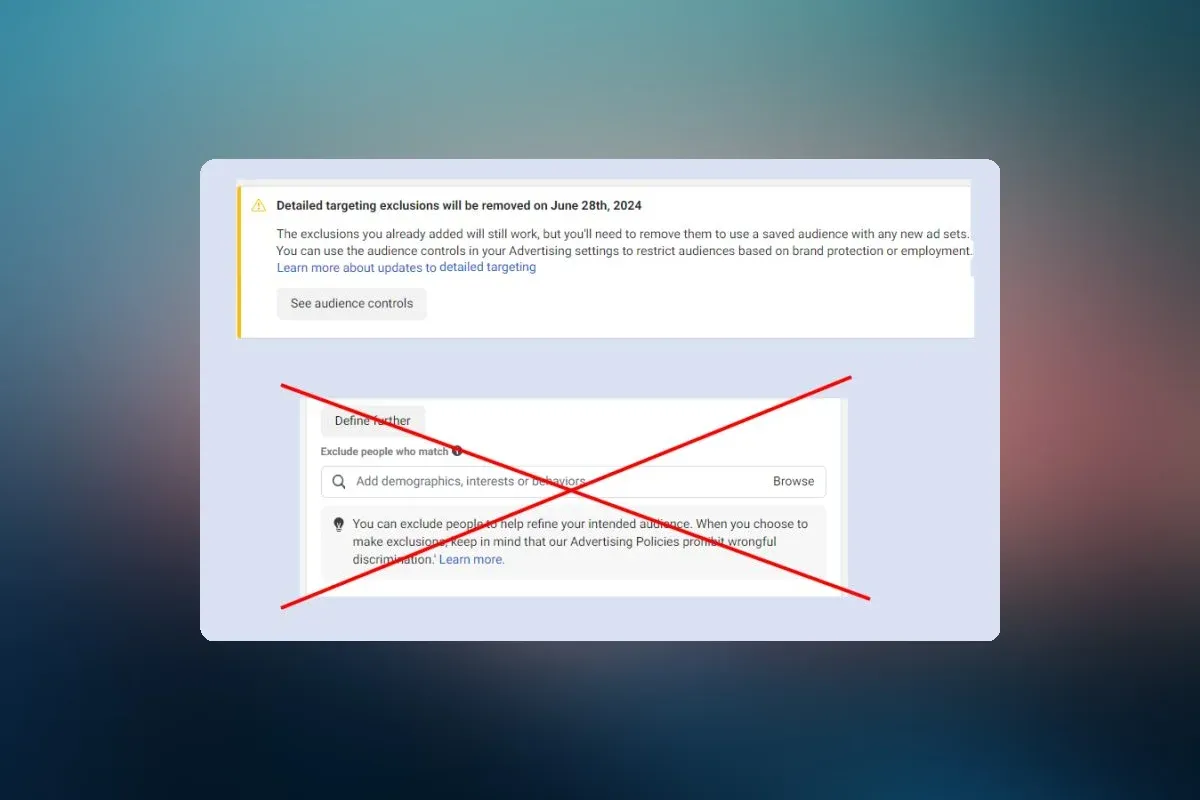
A newbie in affiliate marketing is like a rookie in Vietnam: dangers, nuances, and shady characters lurk everywhere.
At the beginning, every beginner has a few hundred bucks of budget, enthusiasm, and the desire to earn money.
Today, we'll tell you about the pitfalls to avoid to keep all of the above (and most importantly, not burn your budget into oblivion).
Let's go!
With the support of knowledgeable MyBid managers, even a novice can launch a successful campaign. Join us and drive traffic without any mistakes.
Read next: Dive into incentivized traffic, Explore PWA technology as a traffic source and Discover top Telegram bots for affiliate automation.

What differentiates a pro from a novice? The pro doesn't hesitate to allocate part of the budget for testing. No one can ever tell you which combination will work and which will lead to poor results. The only way to find out is through A/B testing, where the webmaster spends 10-15% of the planned amount on both combinations and observes which yields better results. Once the successful combination is identified, it gets scaled. That's how it works.

Free traffic sources is an excellent training ground before paid traffic. Yes, working with conditional free traffic is much more challenging (not because of mental strain, but because of a ton of monotonous work you'll inevitably encounter without automation software). Despite its drawbacks, conditional free traffic is a great opportunity to enter affiliate marketing, learn the main tools, and not burn the budget to zero.

This is a classic rookie mistake in all fields. Just entered, and your eyes scatter: I'll take this on, no, that, I'll combine it with this—figure it out in a week, no, in a couple of months! As a result, super-productive work at 300% for the first few days, then burnout and giving up on new beginnings. You know the saying: The candle that burns twice as bright burns half as long. This is about bursts of motivation that end in nothing. It's best to choose one, at most two directions and work on them, reaching perfection—there's money in all verticals and sources; the approach is just different everywhere.

Often, former targeting and SMM specialists come into traffic arbitrage: after all, the niche is similar. But here's the problem—the specifics of both professions don't include working with websites. In arbitrage, it's sometimes more important to know how to optimize a site than create beautiful creatives or properly set up cloaking. The main mistake newbies make is neglecting site optimization: they don't look for hosting in the GEO they're targeting, don't compress images, don't know how to work with SSL certificates, etc. As a result, all the work done BEFORE is nullified because the end user simply can't access the needed resource.

Indeed, you can earn a decent income in traffic arbitrage. BUT! This comes with experience, which is gained over the years: dozens of successful and failed campaigns, shaves, scams—you need to go through all this before you understand all the nuances and start earning well. On average, a beginner in arbitrage can expect an income of 50-70K rubles in the first months, but with due persistence, it's easy to surpass 100, 200, and even 300K rubles in just a year.

When entering a new niche, the FIRST thing you need to do is study what your competitors are doing. This way, you'll understand what works in affiliate marketing right now, what is oversaturated, and where you shouldn't venture. Competitor analysis is a fundamental thing that makes up a significant part of the success of any ad campaign.
Ignoring competitor analysis, you risk losing money by choosing the wrong offer or approach to driving traffic. The best way to analyze competitors is by using spy services and case studies in arbitrage media.

This is the best tool ever invented in advertising. Retargeting allows you to reach the audience that was on your promo pages and show them the ads again. This audience is ALREADY warm, and the chance of conversion is higher than with a cold audience. Additionally, you can use data from clients who have converted to find similar users—this is called a look-a-like audience.

With low knowledge and competencies, beginner webmasters may start setting up excessively detailed targeting, complicating the work of social and ad network algorithms. If this is combined with a low budget, we get a very common problem: a few clicks and views at a very high cost per action. Don't specify too many variables when setting up targeting to avoid slowing down the process.

A common problem among many beginner webmasters is saving on consumables. They buy poor-quality proxies, work without anti-detection, don't connect trackers, buy the cheapest hosting and domains, save on accounts. As a result, we have: loss of clicks, constant bans, profile drops, and loss of not only budget but also time. Penny wise and pound foolish (c).

Low-quality content is when you fully copy others' approaches without adaptation, create everything through neural networks, and use images/videos that don't reflect the essence of the product/are unclear to the end user. Good content attracts attention even without advertising, and combined with good targeting, it can cause a bomb-like effect and bring crazy ROI. Additionally, it's recommended to pay attention to the uniqueness of the content—using overused formats like before/after is still possible, but it's better to try to make them unique to avoid banner blindness from overtaking your audience.
A newbie in traffic arbitrage needs to be extremely careful and attentive, set aside their ego, and learn some technical aspects. Once this is achieved, the niche will fully reveal itself—key factors are consistency, skills, and patience.